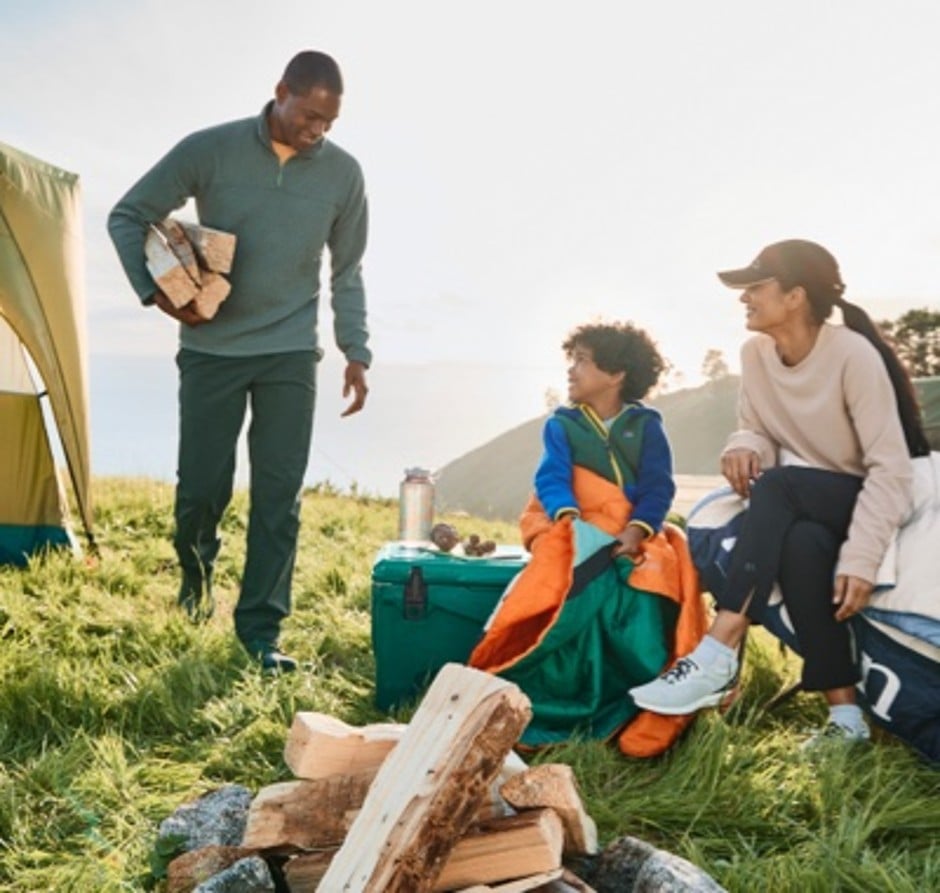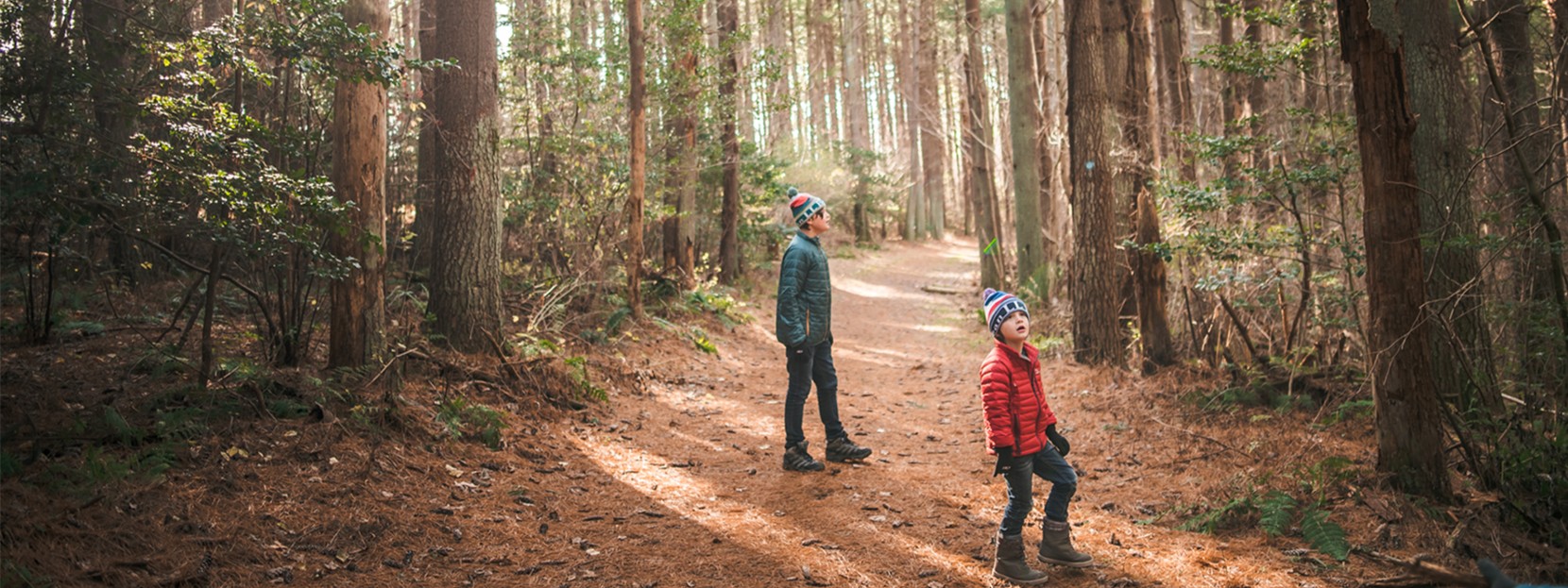
Our company was founded by a Maine outdoorsman who knew that time outside made his life better, longer and more enjoyable. While he learned this lesson on the fields, woods, rivers and lakes of New England, it’s a perspective that’s shared by people around the world, who experience and celebrate time outdoors in many different ways.
A love of the outdoors brings us all together, and we can learn more about our neighbors on this planet by exploring the different ways people around the world enjoy time outside – like the Norwegian practice of Friluftsliv.
What is Friluftsliv?
Friluftsliv (pronounced free-loofts-LEEV) translates to English as “Free Air Life,” and it refers to the practice of spending time outside to gain perspective, connect with nature and roam freely in the open air. It was first coined in print by writer Henrik Ibsen the 1859 epic poem “On the Heights,” where the narrator reflects on the treasures of “air, and time to think at leisure.”
Friluftsliv is such an essential part of Norwegian life that Norway allows everyone free access to walk, hike or camp anywhere they like in the country – an ethos that was codified into law with the 1957 Outdoor Recreation Act. Even in Norway’s long, dark, snowy winters, the practice of friluftsliv celebrates getting outside and making the most of the outdoors – no matter the weather.
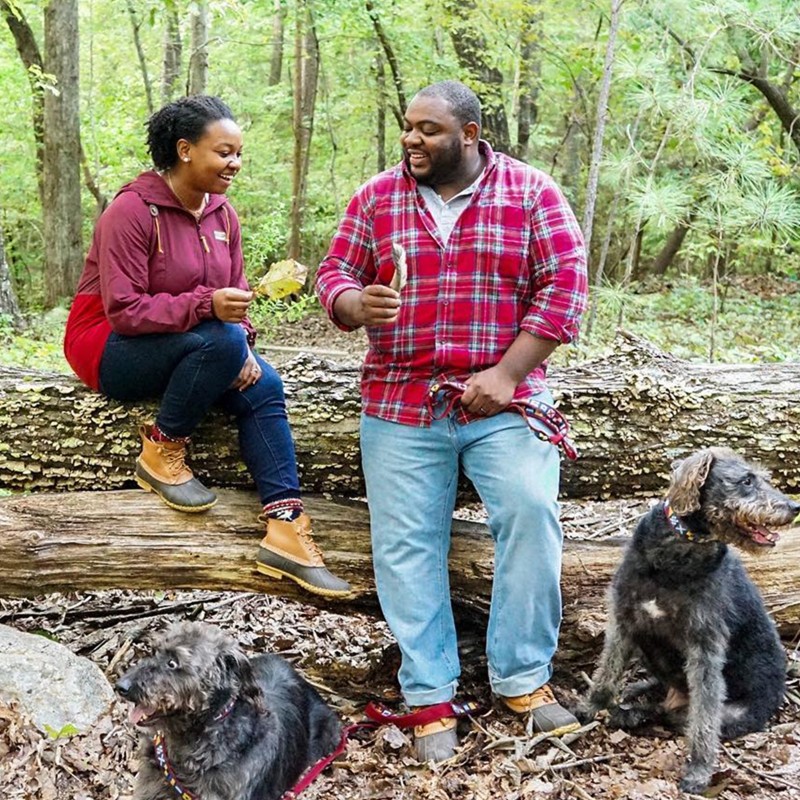
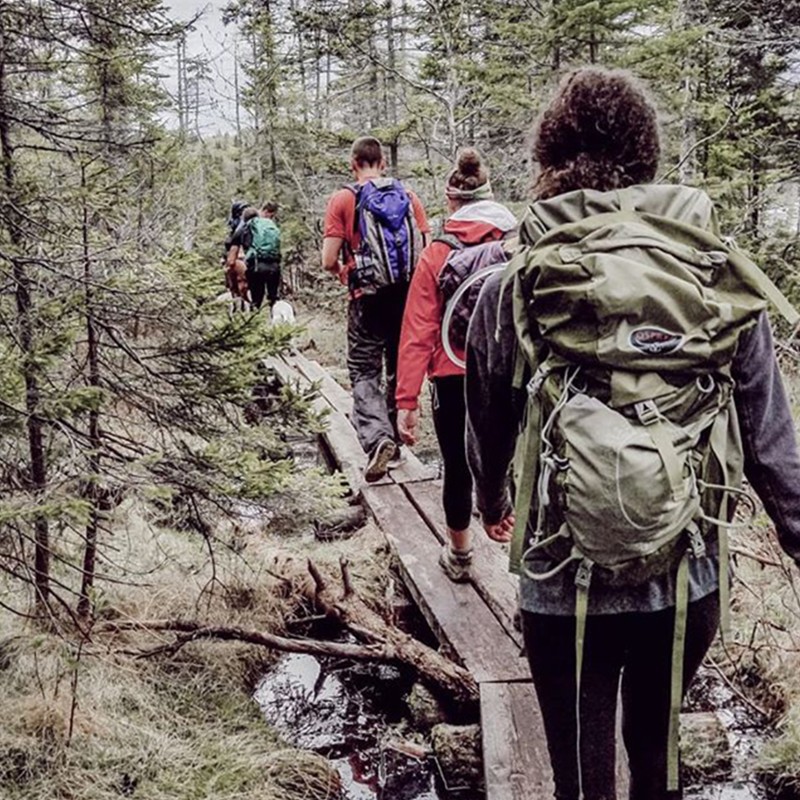
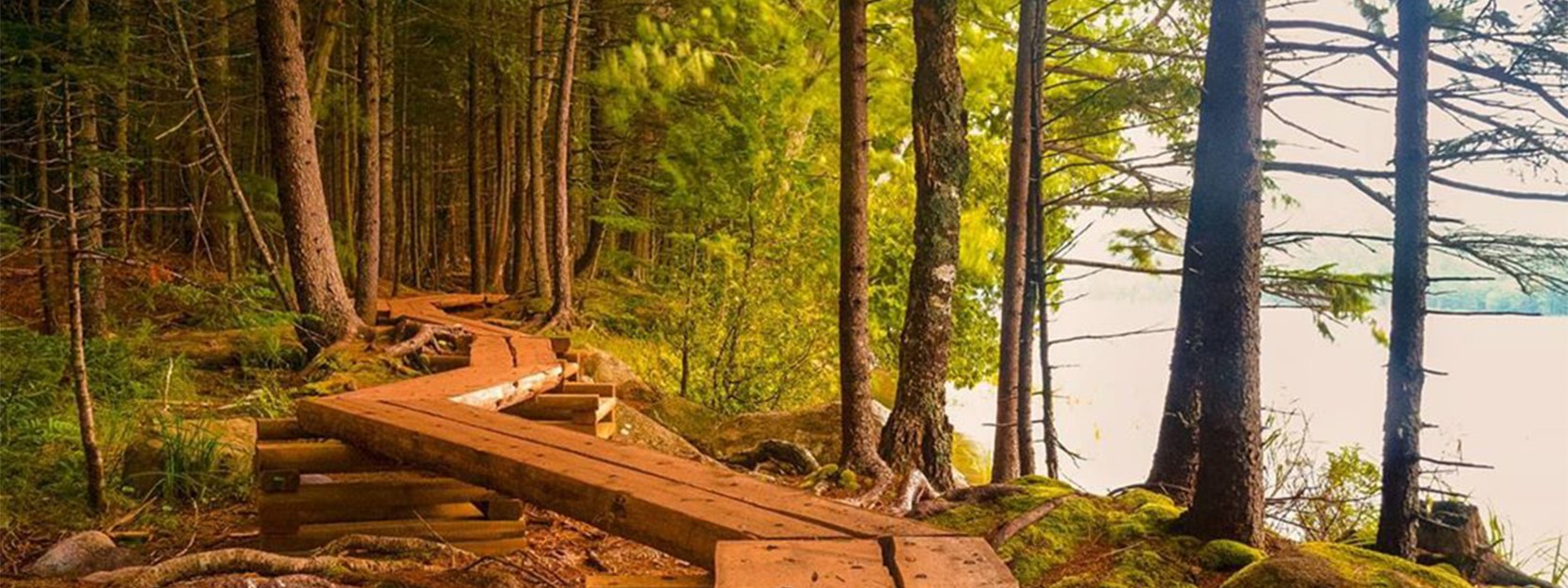
What's the science behind Friluftsliv?
Time outside makes us happier and healthier, which could be why Norway consistently ranks among the world’s happiest places – a study in Oxford’s MIND Journal found that 95% of people experience a decrease in stress when outside. Other studies have shown that even short periods of regular exposure to nature are linked to increased creativity, better critical thinking and more overall wellbeing.
Integrating time outside into your lifestyle can yield longer-term benefits, too. A study in Current Biology found evidence that getting outside can help us have longer, more restful sleep cycles, which has been shown to lower stress and reduce the risk of illness. The science is clear that practicing friluftsliv – spending time connecting with the outdoors – can help you be healthier and happier.
How do you practice Friluftsliv?
Friluftsliv is having a moment, and if you see the word on social media, you may think that it’s all about sprawling fjords, vertigo-inducing mountains and photo-perfect sunsets – but it’s not! Living a “free air life” means taking a walk with your family or birdwatching in your backyard just as much as it means tackling an epic hike or heading out to a remote location. The refreshing air and sunshine you feel at a picnic are just as restorative close to home as they would be on a mountainside. Just be prepared for the weather and keep your senses open, and you’re ready to experience all the benefits of the outdoors.
You don’t have to be an extreme athlete or surrounded by the mountains of Scandanavia to try the Norwegian practice of Friluftsliv – you just have to head outside!



